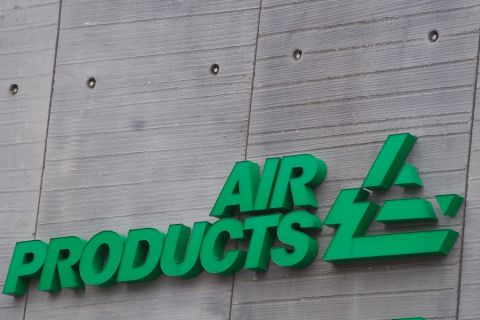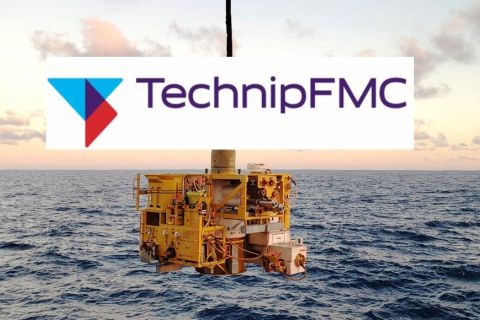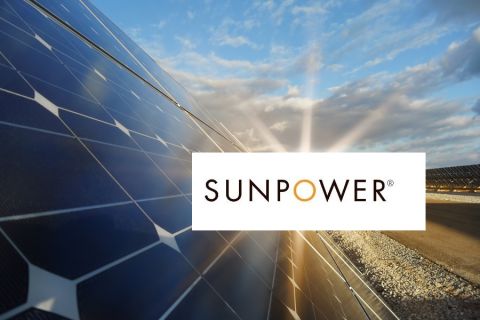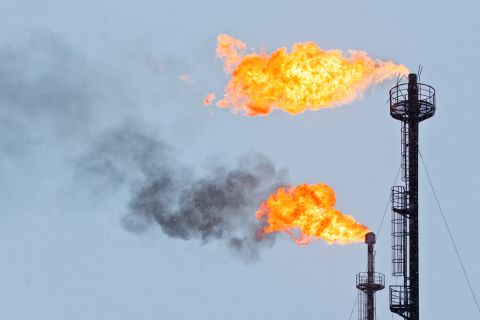
Enterprise Products Partners LP’s new ethane terminal on the Houston Ship Channel will increase demand some, but not enough to shift market dynamics, analysts say. Source: Hart Energy
Fast-forward to 2020: resurgent Asian economies are pushing global E&Ps to their limits to meet demand, ethane-laden ships are clogging the Panama Canal and customers from South America to Europe are bidding up the price of U.S.-produced NGL on a daily basis.
In other news, the Sierra Club demands that pipeline construction in the Northeast be accelerated and the general population wonders if the Chicago Cubs can pull off a fifth straight World Series title.
 Upshot: we’re not there yet. Infrastructure initiatives like ONEOK Partners LP’s (NYSE: OKS) in the Bakken, Enterprise Products Partners LP’s (NYSE: EPD) terminals on the Houston Ship Channel and Shell’s planned Pennsylvania cracker are meaningful, but not sufficient individually to pull that ethane price trigger.
Upshot: we’re not there yet. Infrastructure initiatives like ONEOK Partners LP’s (NYSE: OKS) in the Bakken, Enterprise Products Partners LP’s (NYSE: EPD) terminals on the Houston Ship Channel and Shell’s planned Pennsylvania cracker are meaningful, but not sufficient individually to pull that ethane price trigger.
“They are ramping it up,” Rob Wilson, East Daley Capital Advisors Inc.’s director of research, told Hart Energy in reference to Enterprise’s activity in particular. “That is a big deal as far as the capacity coming online, but that’s going to be a gradual ramp.”
But what about the since-delayed late-2016 recovery, promised in mid-2015? East Daley addressed it this way: Where is the point when outside influences push prices so that it becomes worthwhile to bring on that marginal barrel of oil and pump up that incremental supply?
“We take a slightly more bearish view than E&P folks may take,” Justin Carlson, East Daley’s vice president and managing director for research, told Hart Energy. “When prices move up, there are producers that have the capability to move in and push those prices down, whether a large producer or just many small ones. There are many producers who are not feeling that they impact the price, but they are the marginal barrel and in the aggregate, they really do push the price pretty drastically.”
This week, the bounce is a positive one. The hypothetical 42-gallon NGL barrel rose above $20 at Mont Belvieu, Texas, and above $19 at Conway, Kan., for the first time in six weeks. Since the start of the year, Mont Belvieu’s price is up 20.2%, though it remains 8.3% under its weekly peak of $21.96 for 2016, set in late June.
 East Daley’s view is borne out in the ethane segment. Prices inched up at both hubs this week and are 23% higher now at Mont Belvieu and almost 50% higher at Conway than they were at the start of the year. But at the start of the year they were really, really low, and the term “rejection” will continue to frequently follow the word “ethane” for some time to come.
East Daley’s view is borne out in the ethane segment. Prices inched up at both hubs this week and are 23% higher now at Mont Belvieu and almost 50% higher at Conway than they were at the start of the year. But at the start of the year they were really, really low, and the term “rejection” will continue to frequently follow the word “ethane” for some time to come.
Still, Carlson found that The Williams Cos. Inc.’s (NYSE: WMB) olefins plant in Geismar, La., is primed for a profitable third quarter because it was able to take advantage of unplanned outages at Gulf Coast ethane crackers operated by ExxonMobil Corp. (NYSE: XOM) and BASF Corp./Total SA (NYSE: TOT).
Carlson projects a $30 million quarterly earnings increase, but only in the short term.
“Those spreads aren’t necessarily sustainable,” he said. “It’s a short-term gain for companies to capitalize. For our investor clients, we warn them not to carry the trend forward and assume that the tide is shifting and that frac spreads are going to the moon. It’s a short-term upside.”
Propane’s plight is similar. Prices rose at both hubs and are 23.4% ahead of last year at this time at Mont Belvieu, and 20.5% ahead at Conway. But both are well shy of highs for 2016, set in May.
 And it’s unlikely to get much better. ESAI Energy LLC released a report that cited a sharp decline in China’s U.S. imports from February-April to May-June, replaced by cheaper imports from Middle East suppliers.
And it’s unlikely to get much better. ESAI Energy LLC released a report that cited a sharp decline in China’s U.S. imports from February-April to May-June, replaced by cheaper imports from Middle East suppliers.
Wilson cited Targa Resources Corp. (NYSE: TRGP), as a company that was able to substitute canceled shipments to Asia with exports elsewhere.
“What they were focusing on was 75% of their export demand is coming from Central America, South America and the Caribbean,” he said. “The volumes that are not going to Asia are going there.”
Of course, those markets in this hemisphere cannot match demand in Asia, but they can mitigate a company’s exposure, Wilson said.
Meanwhile, U.S. storage of natural gas continues to rise. The U.S. Energy Information Administration (EIA) reported an increase of 11 billion cubic feet (Bcf) for the week ending Aug. 19, less than the Bloomberg consensus prediction of 18 Bcf, to a total of 3.35 Tcf. That is 8.9% above the total of 3.075 Tcf one year ago and 11.7% over the average of 3 Tcf for 2011-2015.
For Carlson, the outlook is far more textured than the flat forward curves generated by the data.
“There are lot of really interesting things happening on the infrastructure side of things that in some cases are counteracting each other,” he said. “But there are a lot of interesting details down in the weeds when you start to see new infrastructure shift the market one way or another. Little things have the potential to change the market and certainly change the outlook for the industry.”
Joseph Markman can be reached at jmarkman@hartenergy.com and @JHMarkman.
Recommended Reading
Air Products Sees $15B Hydrogen, Energy Transition Project Backlog
2024-02-07 - Pennsylvania-headquartered Air Products has eight hydrogen projects underway and is targeting an IRR of more than 10%.
First Solar’s 14 GW of Operational Capacity to Support 30,000 Jobs by 2026
2024-02-26 - First Solar commissioned a study to analyze the economic impact of its vertically integrated solar manufacturing value chain.
TechnipFMC Eyes $30B in Subsea Orders by 2025
2024-02-23 - TechnipFMC is capitalizing on an industry shift in spending to offshore projects from land projects.
SunPower Begins Search for New CEO
2024-02-27 - Former CEO Peter Faricy departed SunPower Corp. on Feb. 26, according to the company.
Green Swan Seeks US Financing for Global Decarbonization Projects
2024-02-21 - Green Swan, an investment platform seeking to provide capital to countries signed on to the Paris Agreement, is courting U.S. investors to fund decarbonization projects in countries including Iran and Venezuela, its executives told Hart Energy.





